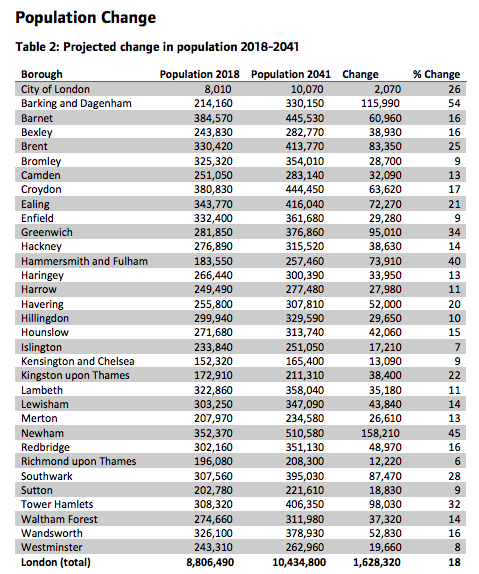7 January 2021: The Guardian reports today London population set to decline for first time since 1988 – picking up on some research issued as part of PWC’s 2021 UK and Global economic outlook. PWC’s research predicts the following: “Strikingly, London’s population could decline for the first time in the 21st century. Drivers of this would include city-dwellers rethinking their living situations in light of the pandemic, a smaller number of graduates arriving in the capital due to the rise of remote working, and reduced immigration“. This finding is one of 8 key predictions for 2021 for the UK – two of which are specifically around energy and climate issues:
- One in eight cars newly registered in Great Britain are likely to be electric or hybrid. With the transport sector accounting for a third of all carbon dioxide emissions, the UK will have to transition away from petrol and diesel cars if it is to meet its target of net zero emissions by 2050. Following years of progress, the UK has the potential to see 1 in 8 new cars be electric or hybrid in 2021.
- By the end of 2021, the majority of electricity generated in the UK could be from renewable sources. If it is to meet its net zero targets, the UK will need to transition away from fossil fuels and towards renewable energy sources. In the same year it is hosting the COP26, the UK could reach this historic milestone, showcasing its progress on the green agenda.
The full PWC study highlights that “In an August 2020 survey conducted by the London Assembly, 4.5% of Londoners – or 416,000 people – responded that they would definitely move out of the city within the next 12 months.11 Pre-COVID, the ONS predicted that London’s population would grow by 56,000 people between 2020 and 2021. It would require just 14% of these respondents to actually move in 2021 to break even with this projection.”
The Guardian story includes a quote from the Mayor’s spokesperson that he “was confident that the city would emerge stronger from the Covid crisis. “The pandemic has had a profound effect on London and Londoners, but Sadiq is determined that the capital will recover to become cleaner, greener and fairer, with thriving neighbourhoods, improved wellbeing and a strengthened healthcare system.”
The last GLA statistics on London’s future population projections were published in March 2020 and forecast a 20% increase in numbers over the period to 2041 (see table below – from following GLA paper). Even before the pandemic my view was that these numbers needed to be further tested: it is likely that the Government’s ‘rebalancing’ agenda will also play a part in driving more economic activity – rightly – in areas outside of London which will also have an effect on numbers of people wanting to work in the capital. This data is revised annually – so will watch out for the next update in a month or so’s time. All of this matters of course in relation to energy and climate in terms of the future demands for energy in the capital and related climate emissions.


